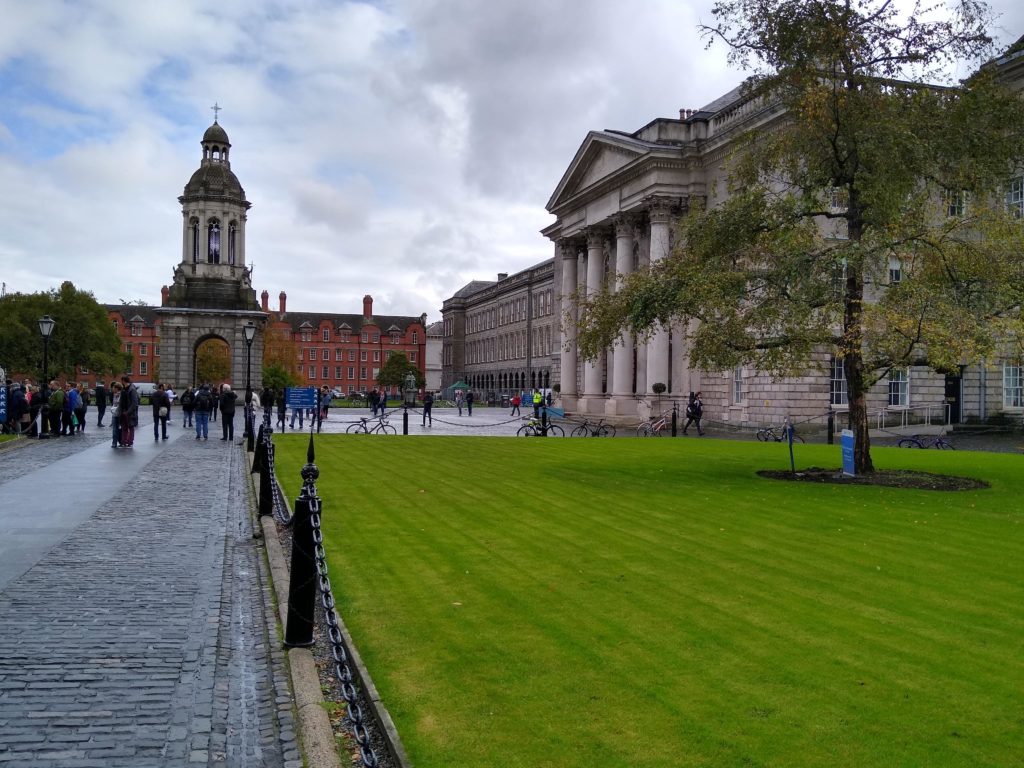
Travel Journal, 74
I have been to several museums in my life—some interesting, some not. In fact, I very much enjoy a good museum. I don’t even mind the occasional modern art exhibit (although much of it is completely lost on me). But two museums stand out clearly in my mind.
Early in my marriage, an exhibit of the Dead Sea Scrolls made its way to the Science Museum of Minnesota. Even if you are not a Christian and if you don’t even believe in the God of the Bible, the Dead Sea Scrolls are undoubtably the most important manuscript discovery in modern time. They are a collection of manuscripts of Biblical and secular texts from before the time of Christ—over 2000 years ago. Stunningly, these scrolls were discovered by a shepherd boy in the 40’s. As he walked near the Dead Sea in modern day Palestine, he threw a rock into a nearby cave. A shattering noise caught his attention. Inside the cave sat several clay pots filled with old scrolls. Over the next decade, archeologists unearthed numerous manuscripts, hidden in a total of 12 caves.
My wife and I walked through the exhibit, holding the electronic “tour guide” to our ears. The monotoned voice regaled us with countless details. Row after row of tools lay under glass display cases. Shepherd outfits hung here. Large murals of caves hung there. Everything led to a small room with low lights—only a few were allowed in at a time. We stood hovering over the glass encapsulated scroll. A ragged piece of parchment, written in ancient Hebrew was described in an English translation adjacent to the display:
I love you, O Lord, my strength. The Lord is my rock and my fortress and my deliverer, my God, my rock, in whom I take refuge, my shield, and the horn of my salvation, my stronghold.
Psalm 18. It astounded me. Here sat one of the oldest copies of God’s Word. And it showed a perfect truth—God is my strength and the One who holds me with His powerful hand.
Just last year, my wife and I attended another museum. The Trinity College Library in Dublin, Ireland, hosts (in my opinion, humble or otherwise) the greatest treasure of the Middle Ages—the Book of Kells.
During the fabled “Dark Ages,” monks in Ireland, Scotland, and Modern-day England created an exquisitely and ornately decorated copy of the four Gospels. The nearly 700-page collection dates from the 8th and 9th centuries. The Latin words form a decorative tapestry on each page. And Celtic knots and pictures line the margins. Bright Irish colors jump out at the reader.
We walked through this exhibit much like we had done several years ago at the Dead Sea Scrolls exhibit. Quill pens lay on ancient desks. A replica of the book sat on a glass case. And a translated poem about the difficulties of writing spoke of hand cramps in the name of biblical preservation. But soon we walked into a dark room with two of the books on display.
They were open to the Gospels of Luke and John. I gazed at the Latin words, then over to the translation. It spoke of Jesus—the same God who swore to be my strength and fortress and shield.
My salvation. My Love.
The two museums make me think of a little song I used to sing as a child while attending Sunday School:
The Bible stands like a rock, undaunted amid the raging storms of time. Its pages burn with the truth eternal. And they glow with a light sublime.
anthony forrest